Home>Furniture & Design>Bathroom Accessories>How Many Gallons Of Water Does A Regular Bathtub Hold?
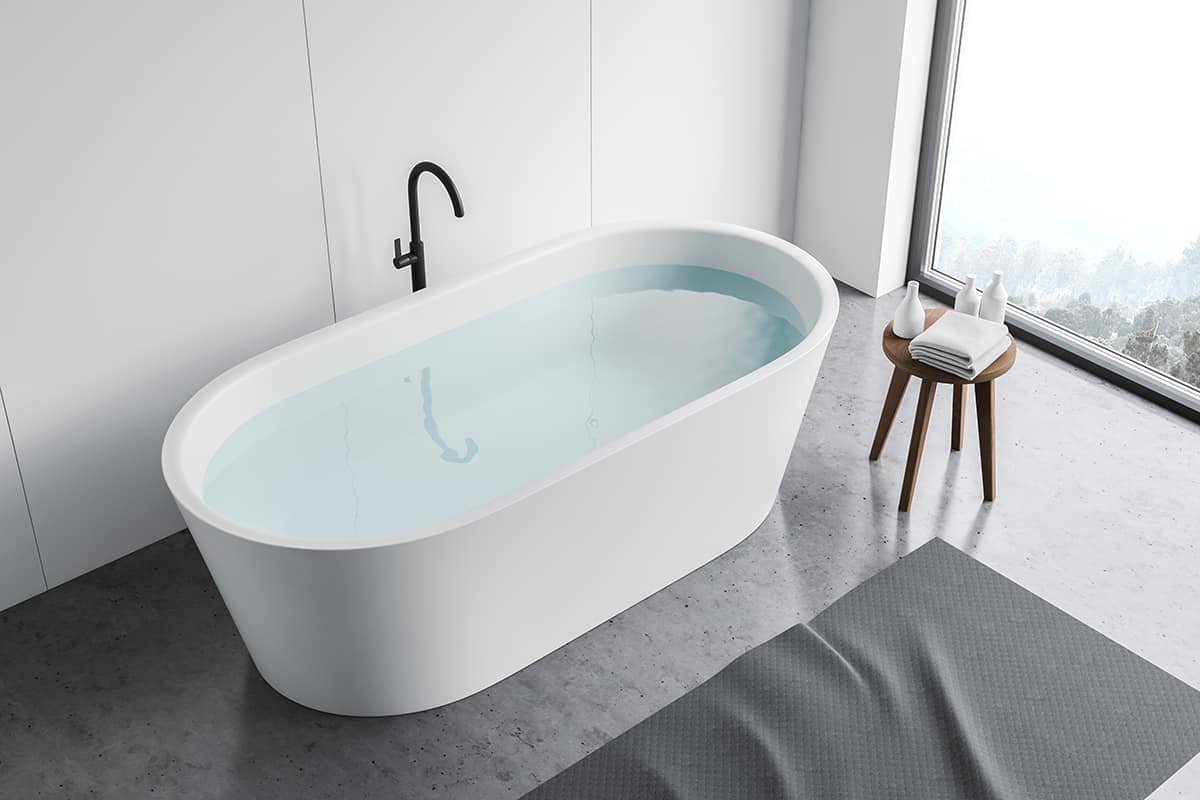

Bathroom Accessories
How Many Gallons Of Water Does A Regular Bathtub Hold?
Modified: October 20, 2024
Discover the perfect bathroom accessories with our guide. Find out how many gallons of water a regular bathtub holds and make the most of your space.
(Many of the links in this article redirect to a specific reviewed product. Your purchase of these products through affiliate links helps to generate commission for Storables.com, at no extra cost. Learn more)
Introduction
When it comes to unwinding after a long day or simply indulging in a relaxing soak, the bathtub serves as a sanctuary of tranquility within the home. However, have you ever wondered how many gallons of water a regular bathtub can hold? Understanding the water capacity of a bathtub is not only practical for ensuring a comfortable bathing experience but also plays a crucial role in conserving water, a precious resource.
In this comprehensive guide, we will delve into the fascinating world of bathtub water capacity, exploring standard bathtub sizes, the average water capacity of a bathtub, and the various factors that can influence this capacity. Additionally, we will provide valuable tips for conserving water while still enjoying the luxury of a soothing bath. So, let's embark on this enlightening journey to uncover the secrets of the beloved bathtub and its water-holding prowess.
Key Takeaways:
- A regular bathtub can hold around 40 to 60 gallons of water, but the size, depth, and design of the bathtub can affect its water capacity. Understanding this helps in conserving water and enjoying a relaxing bath.
- Factors like the shape, slope, and built-in features of a bathtub can influence how much water it can hold. By considering these factors and implementing water-saving tips, you can enjoy luxurious baths while conserving water.
Standard Bathtub Sizes
Standard bathtubs come in a range of sizes to accommodate various bathroom layouts and individual preferences. Understanding these sizes is essential when selecting a bathtub that fits seamlessly into your space. Here are the typical dimensions for standard bathtubs:
-
Alcove Bathtubs: These are the most common type of bathtub and are designed to fit into a three-wall recess. The standard size for an alcove bathtub is 60 inches in length and 30 to 32 inches in width. The depth of alcove bathtubs typically ranges from 14 to 20 inches.
-
Drop-In Bathtubs: These bathtubs are installed by "dropping" them into a platform or custom surround. The standard size for a drop-in bathtub is similar to that of alcove bathtubs, measuring 60 inches in length and 30 to 32 inches in width. The depth can vary, ranging from 18 to 26 inches.
-
Freestanding Bathtubs: As the name suggests, these bathtubs stand alone and are not confined by surrounding walls. Freestanding bathtubs come in various sizes, with the standard length ranging from 55 to 72 inches and the width ranging from 28 to 40 inches. The depth of freestanding bathtubs can vary significantly, offering a luxurious soaking experience.
-
Corner Bathtubs: Designed to fit snugly into a corner, these bathtubs are space-efficient and can add a unique touch to a bathroom. The standard size for a corner bathtub is approximately 60 inches in length and 60 inches in width, with a depth similar to that of alcove bathtubs.
-
Clawfoot Bathtubs: These classic, vintage-style bathtubs are freestanding and are often prized for their elegant aesthetic. The standard length of a clawfoot bathtub ranges from 54 to 72 inches, with a width of 30 to 32 inches. The depth can vary, offering a deep and indulgent bathing experience.
Understanding the standard sizes of bathtubs is crucial for making informed decisions when renovating or designing a bathroom. Whether you prefer the space-saving design of an alcove bathtub or the opulence of a freestanding soaking tub, knowing the typical dimensions will guide you toward selecting the perfect bathtub for your needs.
Average Water Capacity of a Bathtub
The average water capacity of a bathtub is a key consideration for anyone looking to enjoy a relaxing soak. Understanding how much water a bathtub can hold is essential for achieving the perfect bathing experience while also being mindful of water usage. The water capacity of a bathtub is primarily determined by its size and depth, with variations across different types of bathtubs.
On average, a standard bathtub can hold between 40 to 60 gallons of water when filled to the brim. However, it's important to note that this capacity can vary based on the specific dimensions and design of the bathtub. For example, a deeper soaking tub may have a larger water capacity compared to a shallower standard bathtub.
Alcove and drop-in bathtubs, which are the most common types found in many homes, typically have a water capacity ranging from 40 to 60 gallons. Freestanding bathtubs, known for their luxurious appeal, can hold a larger volume of water, often ranging from 60 to 80 gallons due to their deeper and more spacious design. Clawfoot and corner bathtubs also offer generous water capacity, providing ample room for a truly indulgent bathing experience.
It's worth noting that while these figures represent the average water capacity, individual bathtubs may have specific measurements that result in slightly different capacities. Additionally, factors such as the slope of the tub, the angle of the backrest, and the presence of built-in seats can influence the effective water-holding capacity.
Understanding the average water capacity of a bathtub is not only beneficial for personal comfort but also plays a role in water conservation. By being aware of the amount of water required to fill a bathtub, individuals can make conscious choices to minimize water usage without compromising on the enjoyment of a soothing bath.
In the next section, we will explore the various factors that can affect the water capacity of a bathtub, shedding light on the nuances that contribute to the overall bathing experience.
Factors Affecting Water Capacity
The water capacity of a bathtub is not solely determined by its size and depth; several factors can influence the amount of water it can hold. Understanding these factors is essential for optimizing the bathing experience and making informed decisions when selecting a bathtub.
1. Shape and Design:
The shape and design of a bathtub play a significant role in its water capacity. Bathtubs with a deeper and wider design can accommodate a larger volume of water, providing a more immersive and indulgent bathing experience. Freestanding and clawfoot bathtubs, known for their spacious and elegant design, often offer a higher water capacity compared to standard alcove or drop-in bathtubs.
Read more: How Many Gallons Of Water Is A Bathtub?
2. Slope and Angle:
The slope and angle of the bathtub's interior also impact its water-holding capacity. Bathtubs with a steeper slope and a more reclined backrest may require less water to reach a comfortable bathing depth. Conversely, bathtubs with a shallower slope and a more upright backrest may necessitate a larger volume of water to achieve the desired soaking level.
3. Built-in Features:
Some bathtubs are equipped with built-in seats, armrests, or contoured shapes that can affect the effective water capacity. These features may displace water volume or alter the overall shape of the bathing area, influencing the amount of water required to fill the tub to a comfortable level.
4. Overflow Drain:
The presence of an overflow drain, a safety feature found in most bathtubs, affects the maximum water level that can be achieved. While the overflow drain prevents the bathtub from overflowing, it also limits the total water capacity, ensuring that the water level remains below a certain point for safety reasons.
5. Material and Insulation:
The material and insulation of the bathtub can impact its water capacity indirectly. Bathtubs made from materials with greater insulation properties may retain heat more effectively, allowing for a longer and more enjoyable bathing experience without the need to continuously add hot water.
Understanding these factors provides valuable insights into the nuances of bathtub design and functionality. By considering these elements, individuals can make informed choices when selecting a bathtub that not only meets their preferences but also optimizes water usage and enhances the overall bathing experience.
Read more: How Many Glasses Of Water In A Gallon
Tips for Conserving Water in the Bathtub
Conserving water while enjoying a rejuvenating bath is not only environmentally responsible but also contributes to cost savings. By implementing simple yet effective water-saving strategies, individuals can indulge in luxurious baths while minimizing water usage. Here are practical tips for conserving water in the bathtub:
-
Shower Before Bathing: Taking a quick shower before getting into the bathtub can help rinse off dirt and oils, allowing for a shorter and more efficient bath. This reduces the need for excessive water in the tub and ensures a cleaner bathing experience.
-
Adjust Water Level: Instead of filling the bathtub to its maximum capacity, consider adjusting the water level to a depth that provides ample coverage for a relaxing soak. By using only the necessary amount of water, you can enjoy a luxurious bath while conserving this precious resource.
-
Plug the Drain Early: Plugging the bathtub drain before turning on the water allows you to gauge the water level accurately. This simple practice prevents water from being wasted while waiting for the desired depth to be reached.
-
Utilize Bath Accessories: Adding bath accessories such as bath pillows or trays can create a spa-like ambiance and enhance the bathing experience. These accessories can also displace water volume, allowing for a satisfying soak with less water.
-
Time Your Baths: Setting a timer for your bath can help you keep track of the duration and prevent excessive water usage. Enjoying a relaxing bath within a reasonable timeframe ensures water is used efficiently.
-
Reuse Bathwater: Consider reusing bathwater for other household purposes, such as watering plants or cleaning. This practice maximizes the utility of the water used for bathing, reducing overall water consumption.
-
Install a Low-Flow Faucet: Upgrading to a low-flow faucet can significantly reduce water usage without compromising water pressure. These eco-friendly fixtures are designed to deliver a satisfying bathing experience while conserving water.
-
Regular Maintenance: Ensure that your bathtub's faucets and drains are free from leaks and drips. Addressing any plumbing issues promptly can prevent unnecessary water wastage and contribute to water conservation efforts.
By incorporating these water-saving tips into your bathing routine, you can enjoy the luxury of a soothing bath while being mindful of water conservation. These practices not only promote environmental sustainability but also contribute to responsible water management within the household.
Frequently Asked Questions about How Many Gallons Of Water Does A Regular Bathtub Hold?
Was this page helpful?
At Storables.com, we guarantee accurate and reliable information. Our content, validated by Expert Board Contributors, is crafted following stringent Editorial Policies. We're committed to providing you with well-researched, expert-backed insights for all your informational needs.
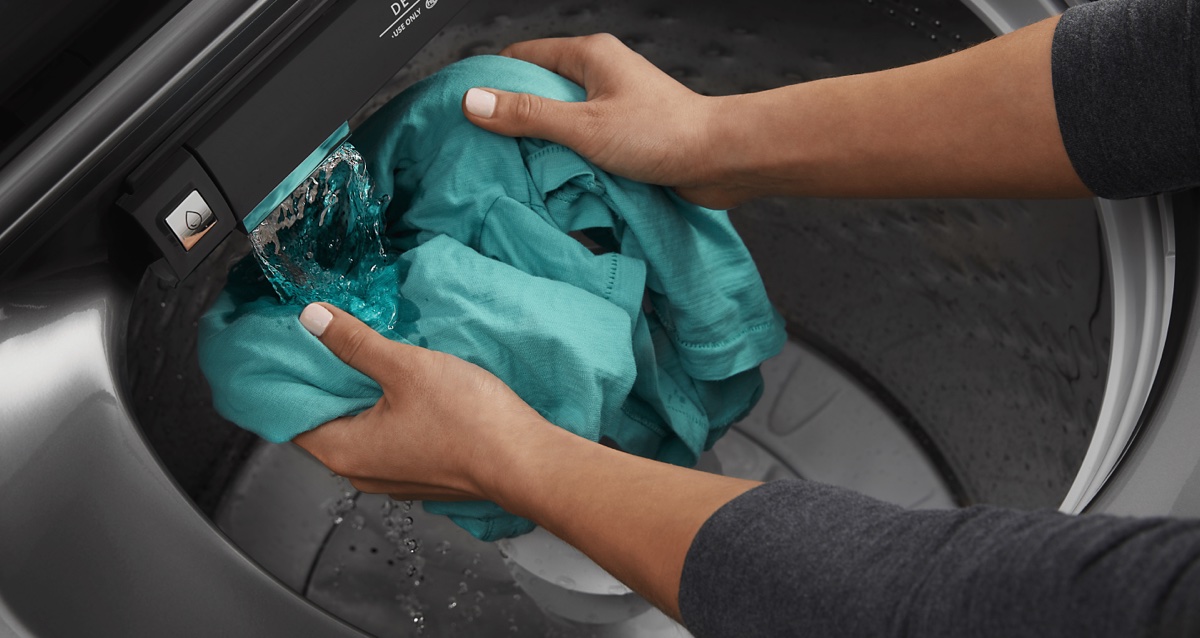
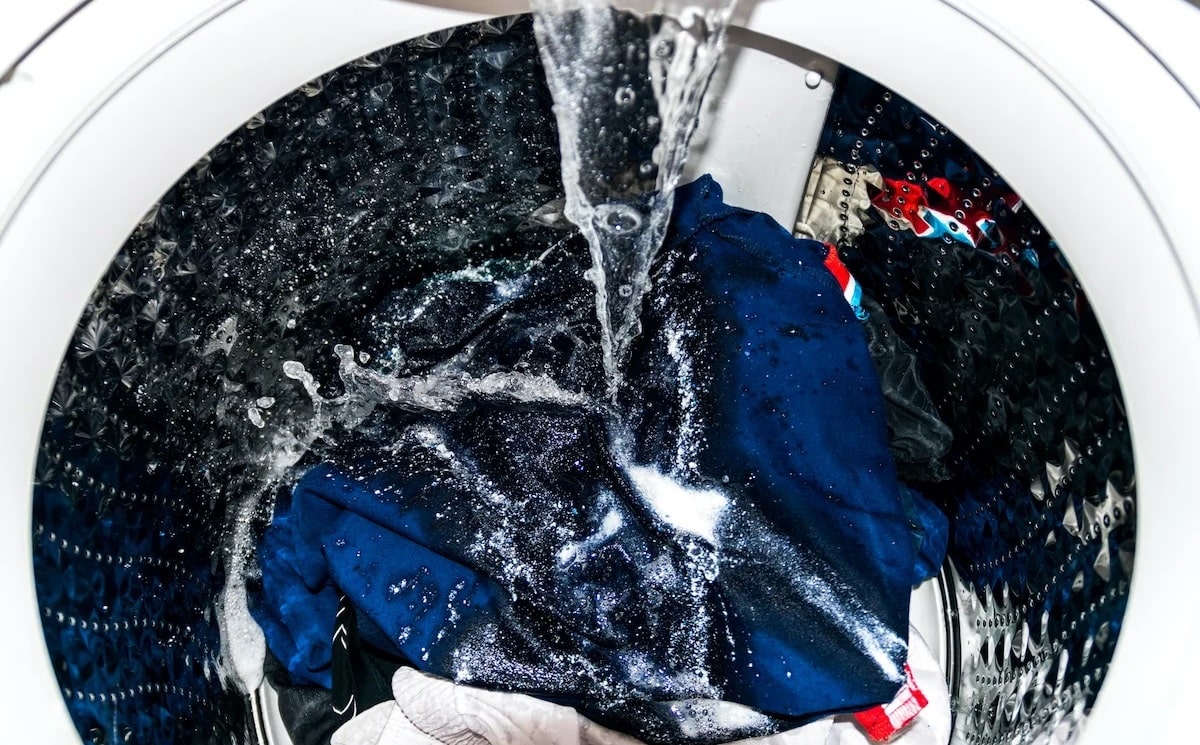
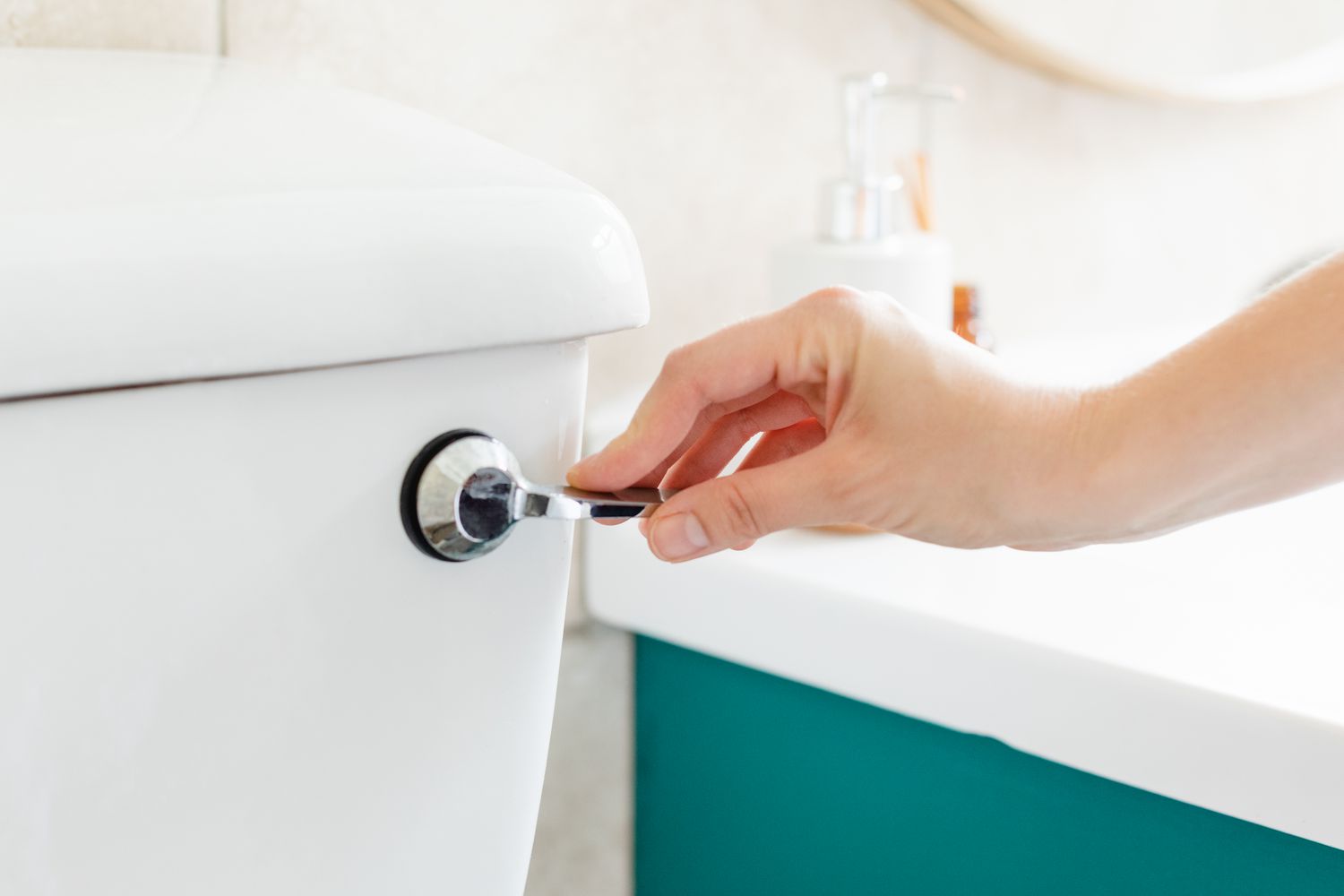
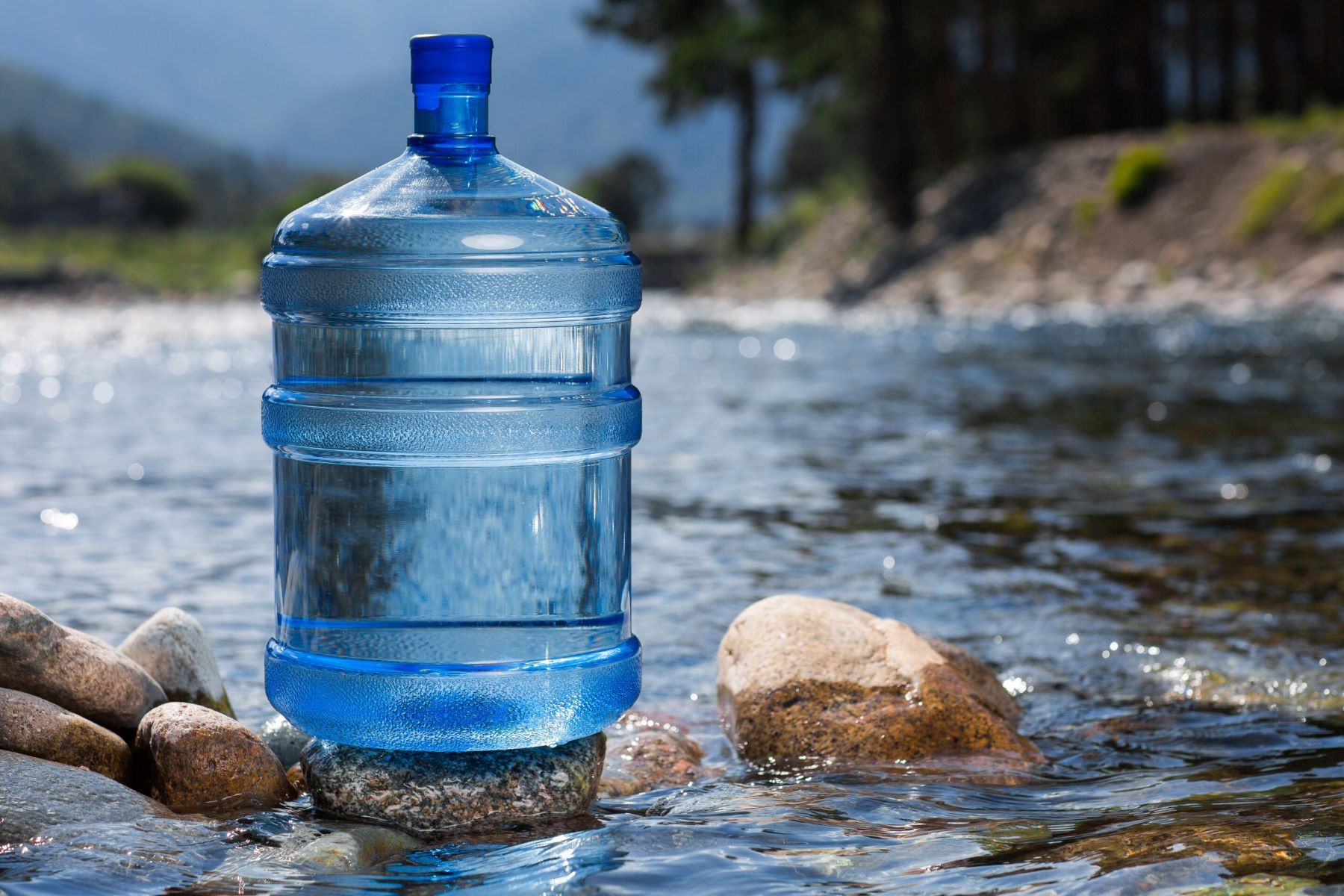
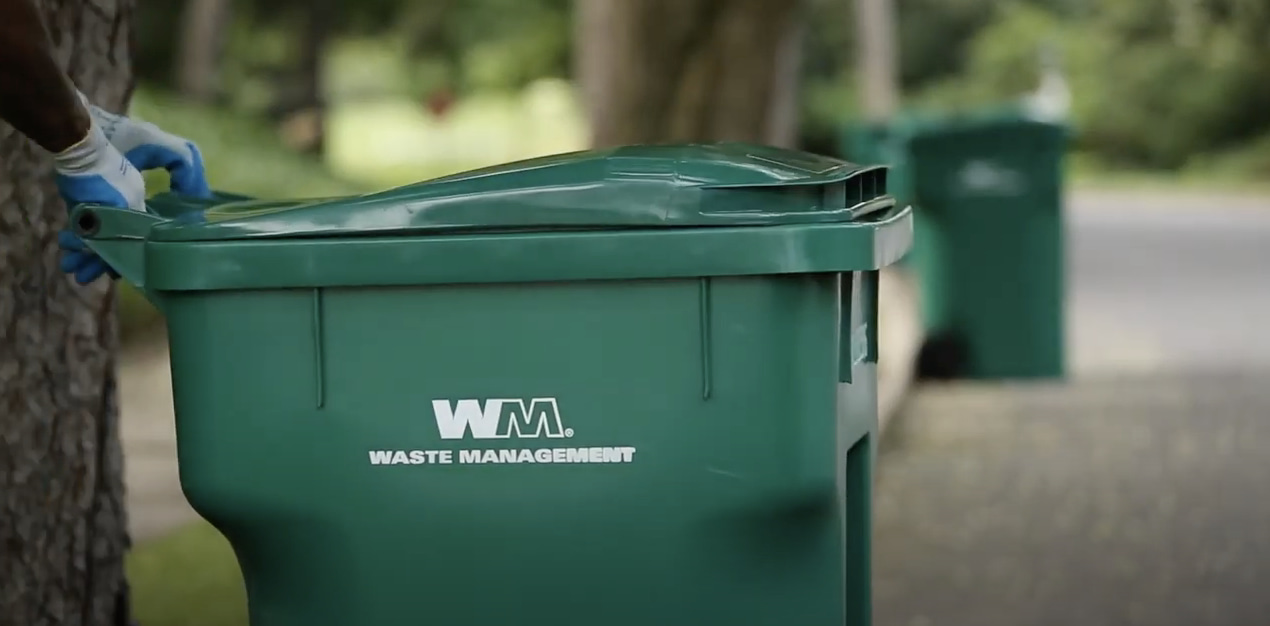
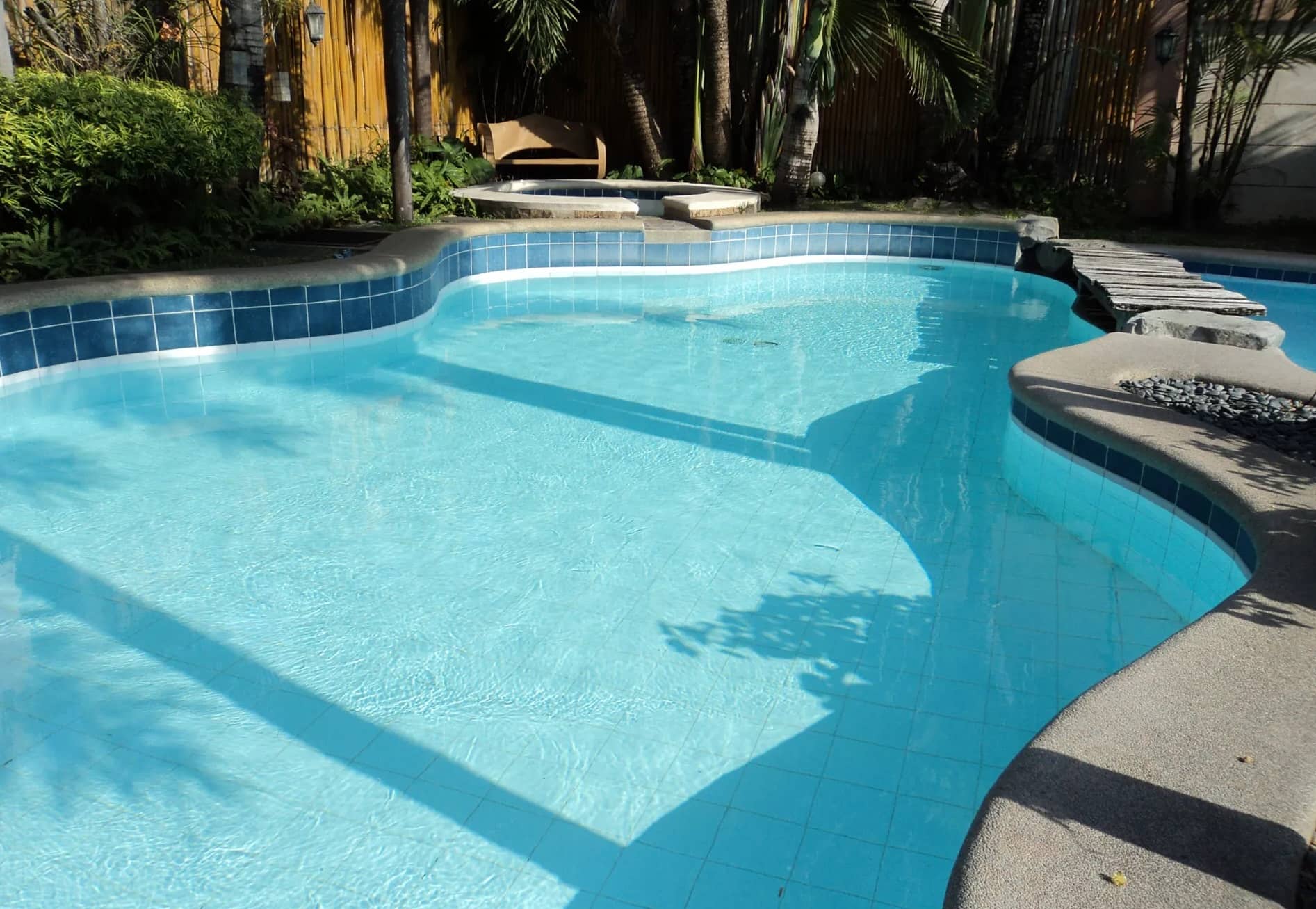


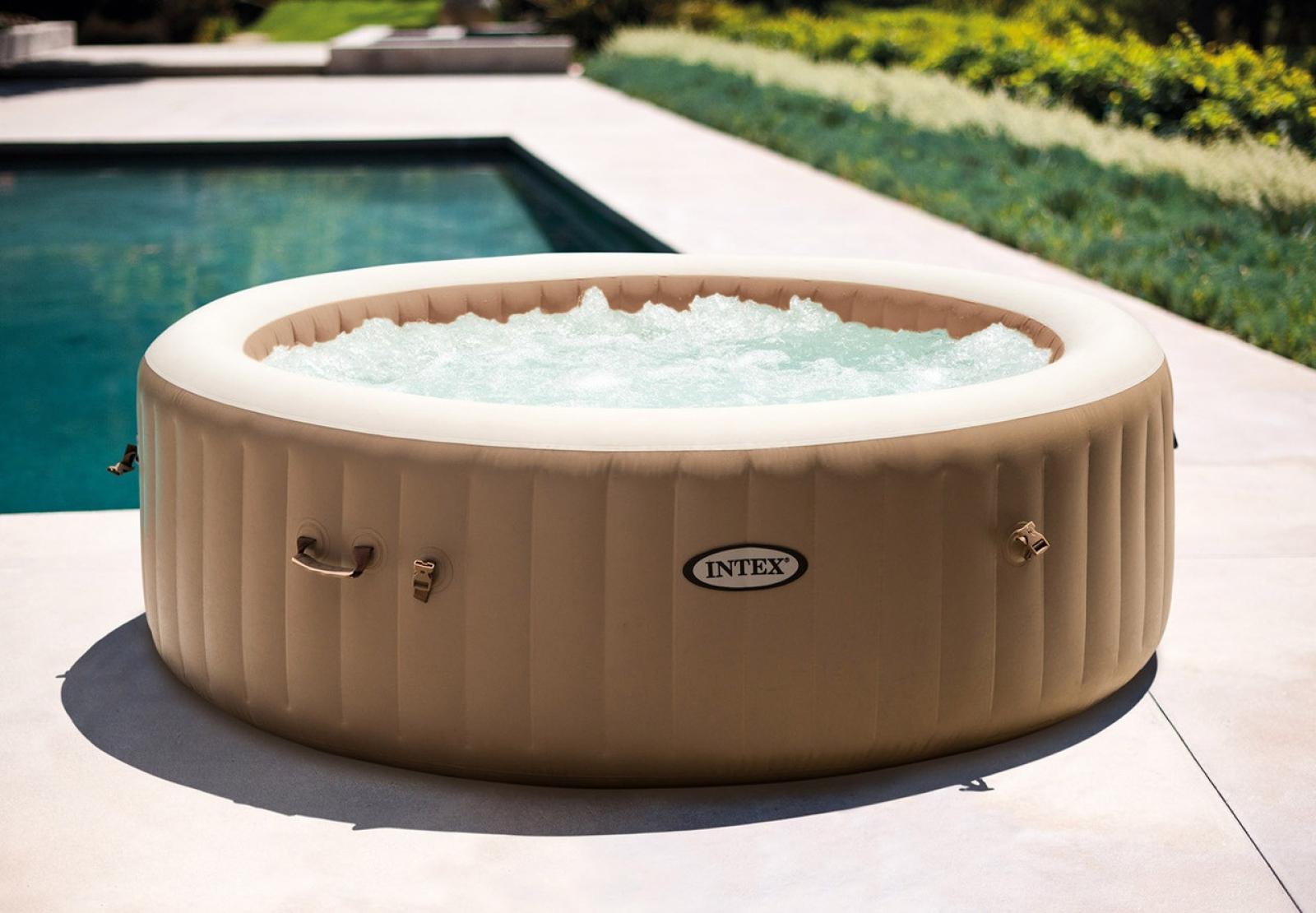
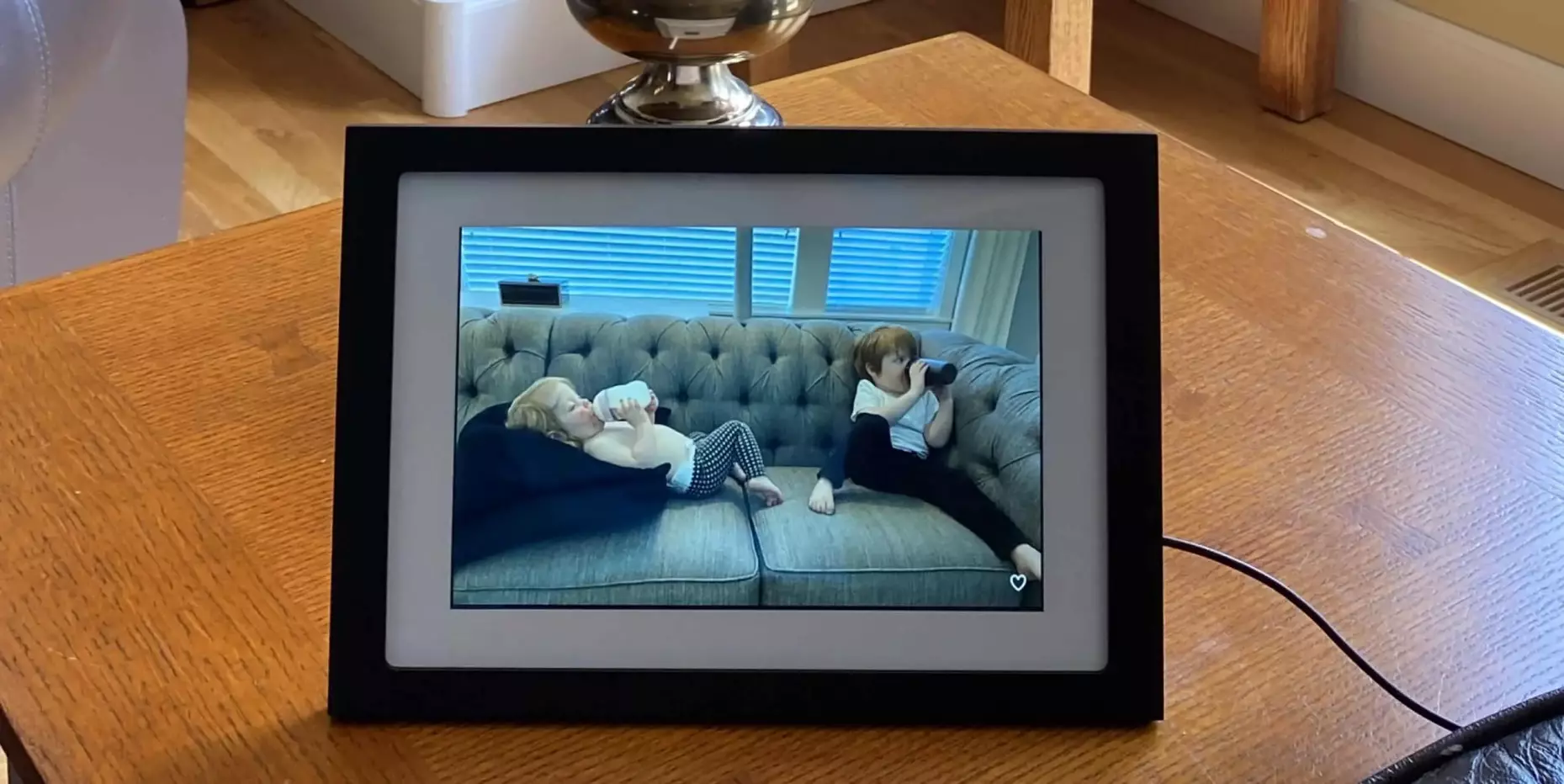
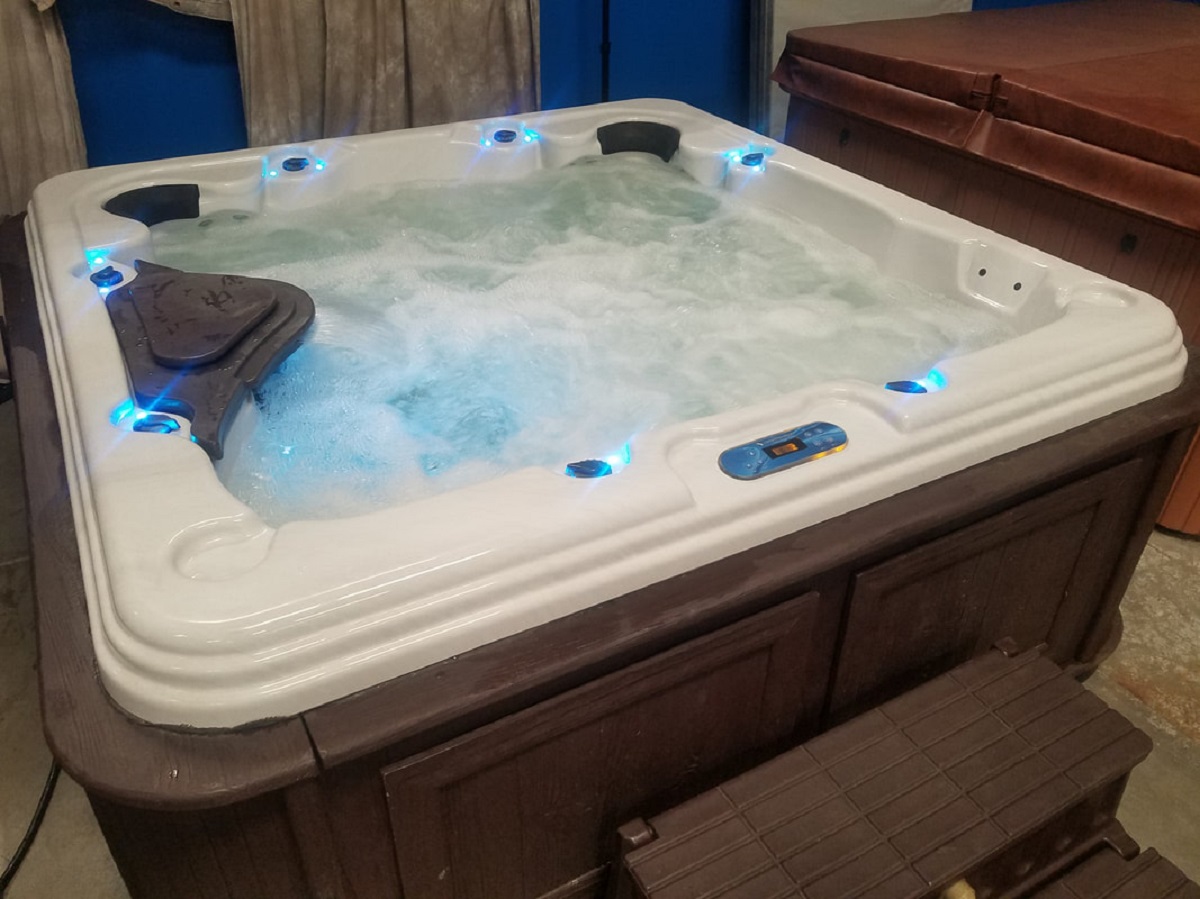
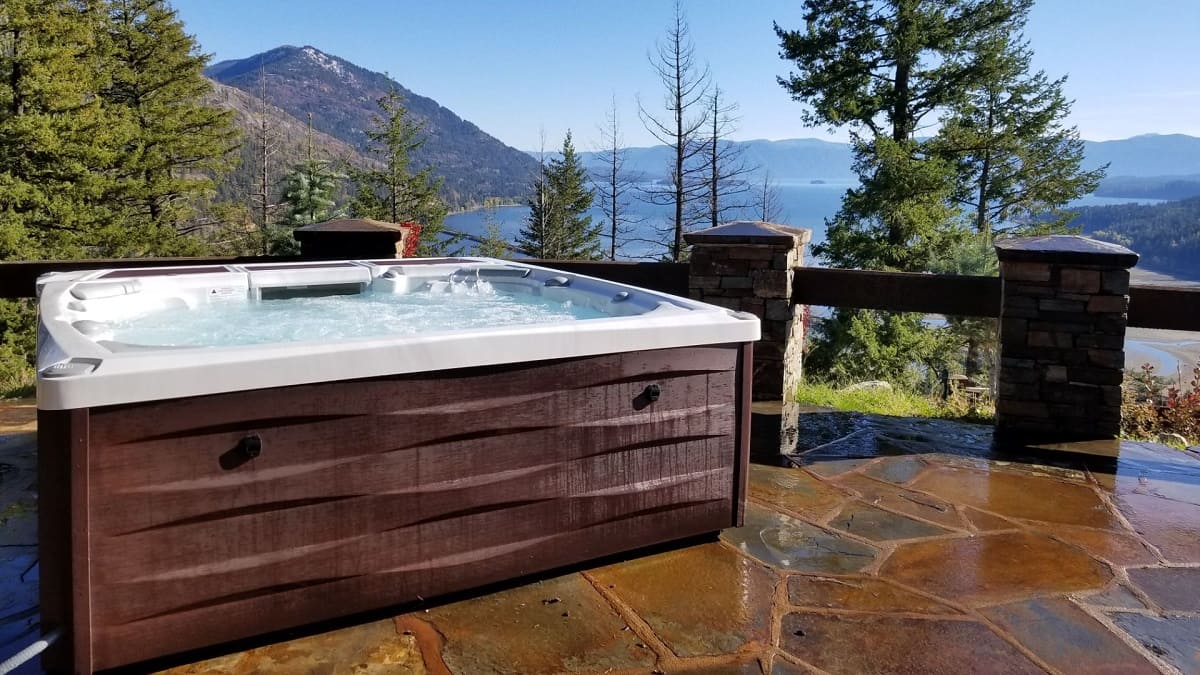
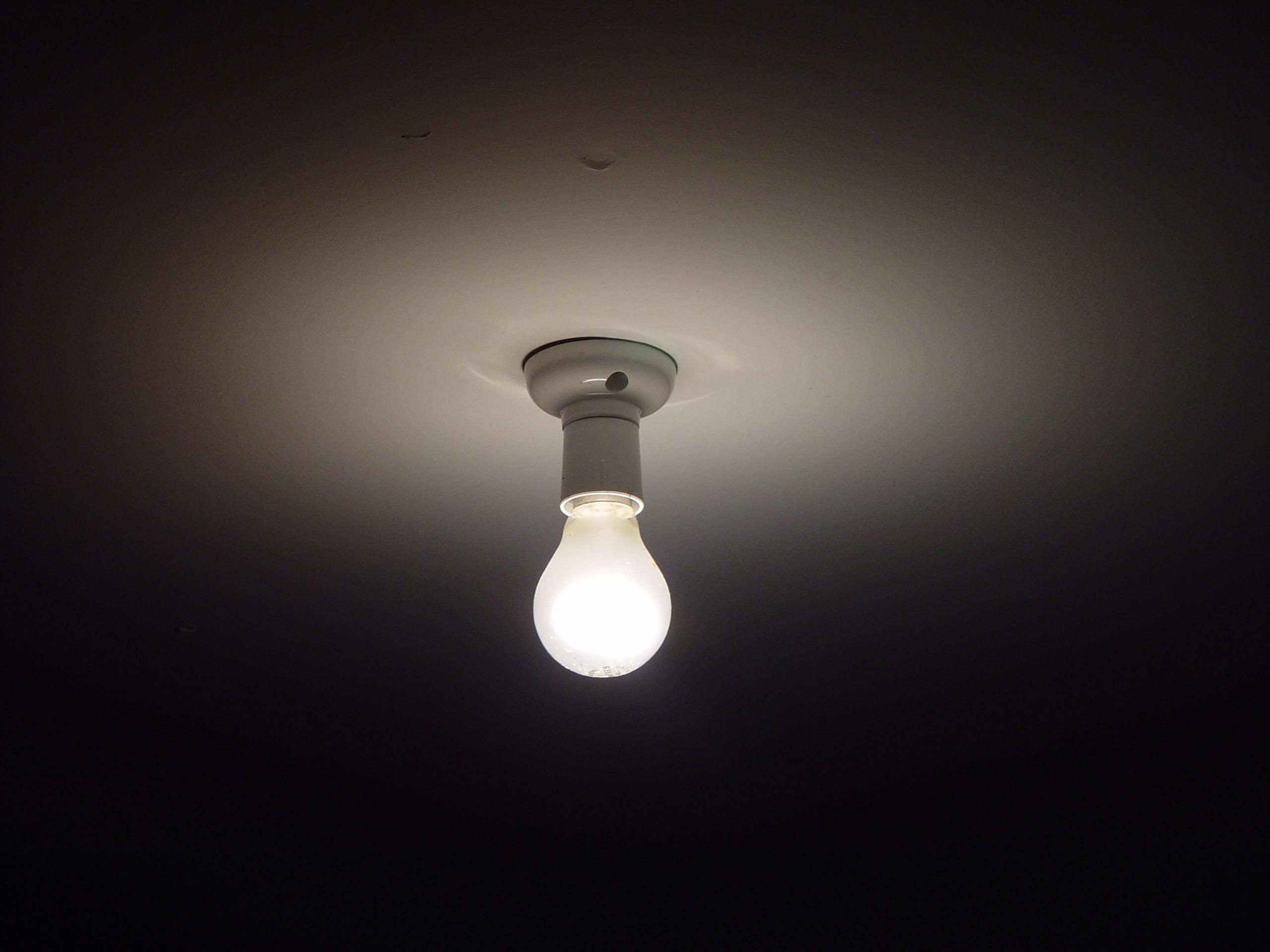

0 thoughts on “How Many Gallons Of Water Does A Regular Bathtub Hold?”